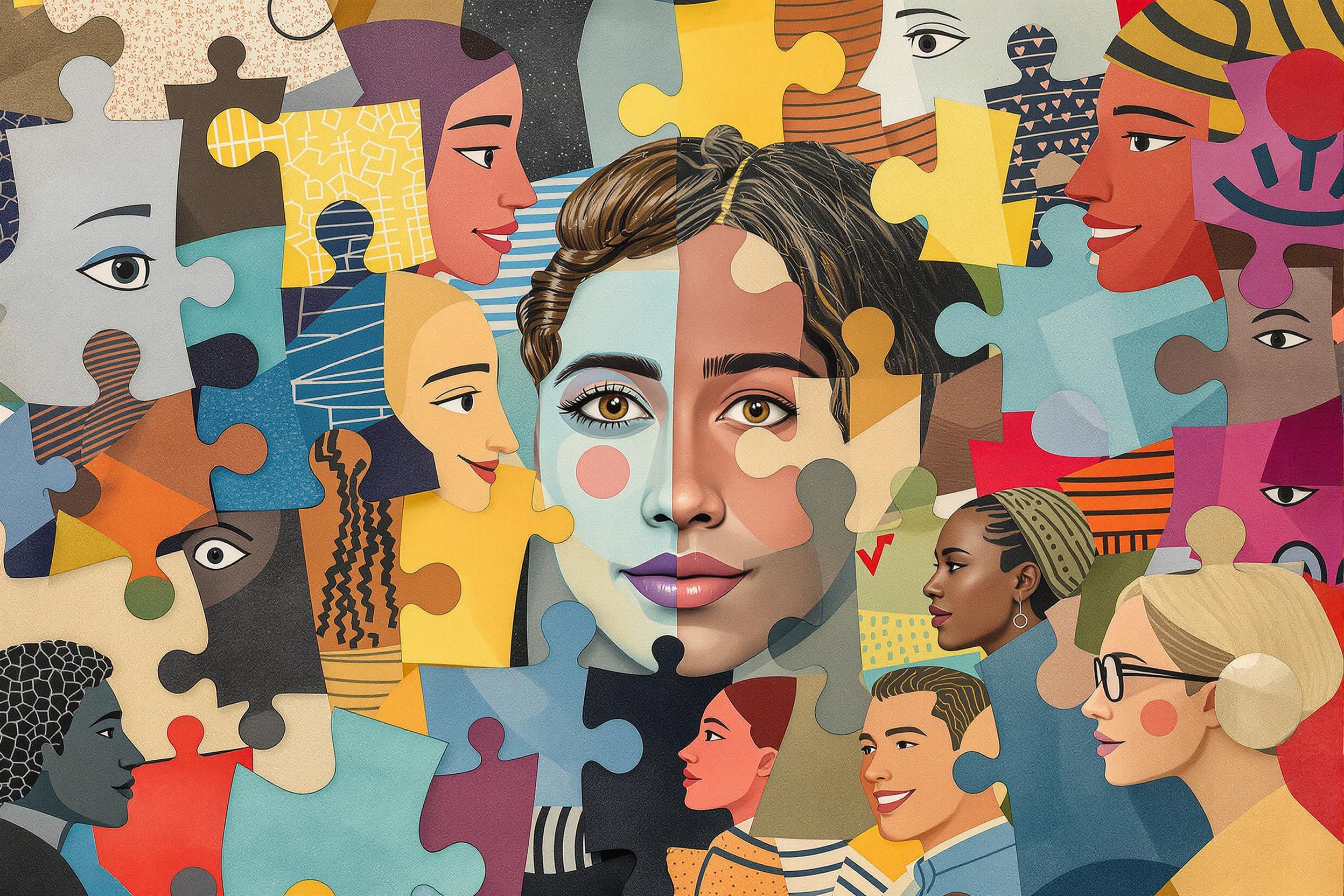
Costume Fittings
Costume Fittings are essential meetings where dancers or performers try on their costumes while working with costume designers and wardrobe staff to ensure proper fit and movement capability. This process is crucial in ballet and theater productions because costumes must not only look beautiful but also allow dancers to move freely and safely. During these sessions, measurements are taken, adjustments are made, and any potential issues with the costume's functionality are addressed before the performance.
Examples in Resumes
Coordinated Costume Fittings for a company of 30 dancers during Swan Lake production
Managed scheduling of Costume Fitting appointments for principal dancers and corps de ballet
Documented and tracked all Wardrobe Fittings and necessary alterations for seasonal productions
Typical job title: "Costume Fitters"
Also try searching for:
Where to Find Costume Fitters
Professional Organizations
Job Boards
Professional Networks
Example Interview Questions
Senior Level Questions
Q: How do you manage costume fittings for a large production with tight deadlines?
Expected Answer: Should demonstrate experience in scheduling multiple fittings, prioritizing principal dancers, managing alterations timeline, and coordinating with various departments while maintaining quality standards.
Q: How do you handle emergency costume repairs during performances?
Expected Answer: Should explain their system for quick fixes, preventive maintenance, and managing a team during high-pressure situations while ensuring dancer safety and comfort.
Mid Level Questions
Q: What is your process for documenting costume alterations during fittings?
Expected Answer: Should describe their system for recording measurements, taking notes on adjustments, photographing costumes, and communicating changes to the alteration team.
Q: How do you ensure proper fit while maintaining the costume's design integrity?
Expected Answer: Should explain how they balance aesthetic requirements with dancer comfort and movement needs, and their communication process with designers.
Junior Level Questions
Q: What basic measurements are essential during a costume fitting?
Expected Answer: Should know standard body measurements needed for dance costumes and basic fitting procedures for dance wear.
Q: How do you prepare for a costume fitting session?
Expected Answer: Should describe organizing materials, preparing the fitting room, and basic documentation processes.
Experience Level Indicators
Junior (0-2 years)
- Basic sewing and alteration skills
- Understanding of measurement taking
- Basic fitting room preparation
- Simple documentation methods
Mid (2-5 years)
- Advanced alteration techniques
- Efficient fitting scheduling
- Detail-oriented documentation
- Good communication with dancers and designers
Senior (5+ years)
- Management of large-scale productions
- Team supervision
- Budget management
- Emergency problem-solving
Red Flags to Watch For
- No experience with dance or theatrical costumes
- Lack of basic sewing skills
- Poor attention to detail in measurements
- Inability to work under time pressure
- No understanding of dancer movement requirements
Related Terms
Need more hiring wisdom? Check these out...

Culture Add vs Culture Fit in Hiring: Why It May Be Time to Rethink Your Approach

Supercharge Your Candidate Screening: 7 Unorthodox Ways to Hire Faster Without Breaking a Sweat

Cracking the Code: How to Source Talent in APAC and EMEA with Cultural Sensitivity

